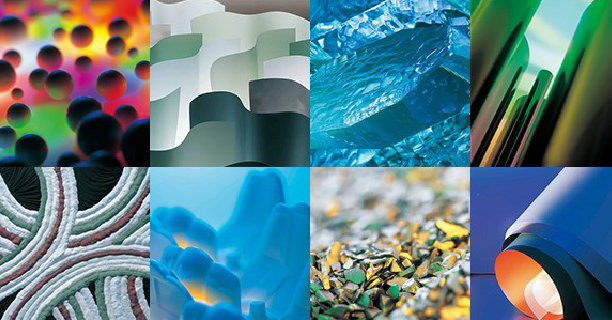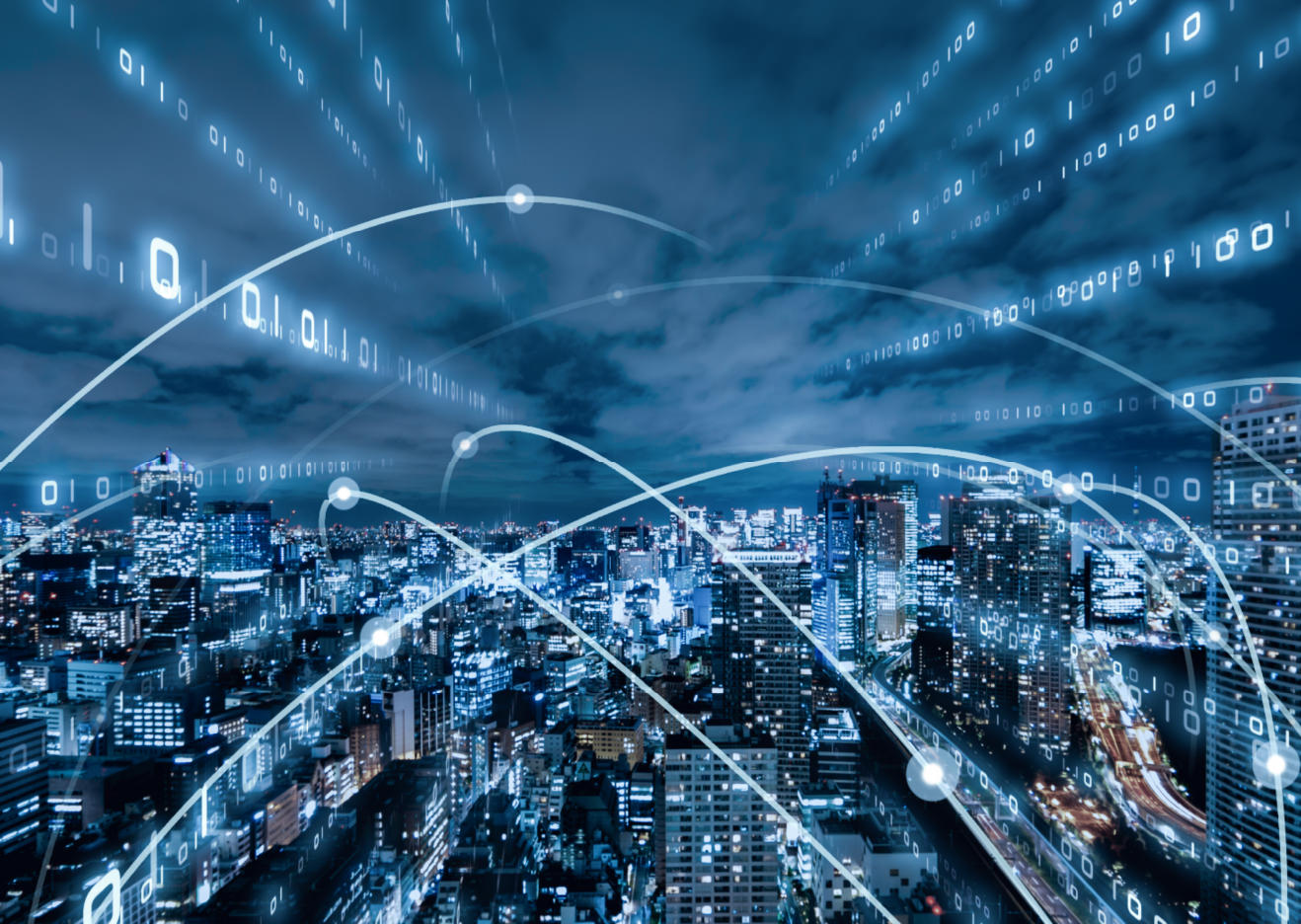Making Renewable Energy the Norm
Through the Evolution and Popularization
of SemiSolid Lithium-ion Storage Batteries


Our Investigation into the Possibilities of SemiSolid Lithium-ion Storage Batteries Continues Even after Completing Enerezza®

To bring about a sustainable society, we must outgrow the present style of energy supply, which is heavily dependent on fossil fuels, such as oil, coal, and liquefied natural gas (LNG). For Kyocera, which for many years has worked to popularize solar power generating systems, we understand that solving energy problems is one of our most important missions as a company. So in 2013, we initiated a development project for replacing conventional liquid electrolyte lithium-ion storage batteries with SemiSolid lithium-ion storage batteries. As a result, 2020 marked the birth of Enerezza®, a battery with long life, superior safety, and low costs and with a structure that differs from liquid electrolyte lithium-ion storage batteries. Moreover, combining Enerezza® with solar power generating systems enables a stable renewable energy supply. It is also starting to be used in more residential homes because of reduced environmental impact, lower utility costs, and its benefits for natural disaster preparedness.
However, the reality is that because SemiSolid lithium-ion storage batteries are a new technology, there is still scope for improvement. Therefore, at Kyocera, our goal is not that of perfecting Enerezza® but rather continuing our research to develop even more innovative SemiSolid storage batteries.
*Enerezza is a registered trademark of the Kyocera Corporation.

SemiSolid Lithium-ion Storage Batteries
Kyocera has succeeded in commercializing the world’s first*1 SemiSolid lithium-ion storage battery. Enerezza® has a different structure from conventional lithium-ion storage batteries in that it utilizes a technology for making clay-type electrodes by mixing raw materials with a proprietary electrolyte solution. These SemiSolid lithium-ion storage batteries use highly safe materials, have a safe design through a unique unit cell structure to prevent internal short circuits, and they achieve a 50% longer operating life*2 compared to conventional models.
*1. For SemiSolid storage batteries (based on a study by Kyocera, March 2021)
*2. Comparison with Kyocera’s EGS-ML0650/EGS-LM0320 storage batteries
Creating a Product That Is Environmentally Friendly at Every Stage, from Manufacture, Use, and Disposal
-
 ManagerBattery Device Development Section 1,
ManagerBattery Device Development Section 1,
Energy Systems R&D Division
Corporate R&D Group -
 SemiSolid Lithium-ion Storage Batteries Development EngineerBattery Device Development Section 1,
SemiSolid Lithium-ion Storage Batteries Development EngineerBattery Device Development Section 1,
Energy Systems R&D Division
Corporate R&D Group -
 SemiSolid Lithium-ion Storage Batteries Development EngineerBattery Device Development Section 1,
SemiSolid Lithium-ion Storage Batteries Development EngineerBattery Device Development Section 1,
Energy Systems R&D Division
Corporate R&D Group
-

I was engaged in research into lithium-ion batteries at university and found out about the existence of SemiSolid lithium-ion storage batteries—which Kyocera was working on—while I was job hunting. This unique project was also one of my motivations for joining the company, although the research itself began back in 2013, didn’t it?
-

Yes, it did. We undertook collaborative research with 24M, a company in the United States that developed the fundamental technology. As a result, Kyocera became the first company to commercialize SemiSolid lithium-ion storage batteries successfully. I have been involved in this project from the start, and for three years, from 2013 onward, I was on temporary assignment at 24M in Boston, U.S.A, to work on research.
-

Despite both being batteries, conventional liquid electrolyte lithium-ion storage batteries, and their SemiSolid counterparts differ greatly, don’t they? Have you experienced a lot of difficulties?
-

Absolutely. It was challenging incorporating this technology—which didn’t exist before—into a product. We had particular difficulty developing an electrolyte solution, one of the principal materials in the storage battery. Creating an electrolyte solution suitable for SemiSolid lithium-ion storage batteries was necessary. We did not produce any results during our first year of work, and I thought such a solution might be impossible to achieve. Even so, by persevering with this research, we eventually found a material that could significantly improve the characteristics of the electrolyte solution. Even now, I clearly remember when the results were produced that made that possible.
-

Right now, I, too, am in the middle of developing a new SemiSolid storage battery that will become our second-generation product. The mechanism is simple, but because the reactions involved are complex, detecting why it doesn’t work correctly takes time.
-

Liquid electrolyte lithium-ion storage batteries are made by stacking together multiple thin electrodes, but the SemiSolid lithium-ion storage battery is a product that also differs in terms of hardware, for example, because it can be designed to incorporate a single, thicker electrode. In simple terms, it is a battery, but its development requires an entirely different perspective.
-

At the same time as giving rise to difficulties in development, that difference is also linked with things like contributing to sustainability.
-

That’s true. Compared with liquid electrolyte lithium-ion storage batteries, which have a complex structure and many components because it contains multiple stacked electrodes, SemiSolid lithium-ion storage batteries have a thicker electrode and a simple design. As such, it is possible to simplify the manufacturing process and reduce costs and the environmental impact when the battery is manufactured.
-

The advantages of SemiSolid lithium-ion storage batteries include the fact that fewer components are used in their manufacture and the fact that they can be made with fewer processes.
-

The manufacturing process for liquid electrolyte lithium-ion storage batteries includes the application of slurry (a mud-like substance that is a mix of raw materials in both powder and liquid form) to current collectors, such as aluminum foil, then drying that slurry to make electrodes. This drying requires heat, i.e., energy, so omitting parts of the process like this is another advantage of SemiSolid lithium-ion storage batteries.
-

Also, SemiSolid lithium-ion storage batteries have a longer operating life than conventional storage batteries, so because they can be utilized continuously means a further reduction in lifetime environmental impact. Therefore, using these batteries enables us to reduce our environmental impact over a long period, from the manufacturing stage to after their installation.
Simultaneously Pursuing Improved Performance and Cheaper Introduction Will Allow These Batteries to Contribute to Society

-

In your third year of the project, you have now been tasked with developing the electrolyte solution. Have you had any difficulties?
-

Yes. Development at 24M faced the same kinds of obstacles, and one of the difficulties of research into electrolyte solutions is the fact that there are many things we do not yet understand about what types of chemical reactions are occurring inside storage batteries. As a result, we have often not produced the expected results, and the past six months have involved repeating the same tasks. In total, we have conducted and assessed more than 100 experiments.
-

I think it is amazing that you have been able to do as many as 100 experiments in such a short period of time. With that spirit, you are sure to achieve positive results.
-

Thank you very much! Until my second year of the project, I was conducting research with a senior team member, but since 2022, I am the primary person in charge. As a result, my enthusiasm and sense of responsibility for solving problems have gradually developed. At any rate, if there is something I do not understand, I do not leave it as is. Instead, I look around for someone more knowledgeable than myself, ask them about unclear points, and look for hints to find a solution.
-

The need to evolve Enerezza®, which is already receiving positive feedback, is a subject about which I feel some pressure. I am also working on the development of SemiSolid storage batteries every day with a great sense of purpose.
-

I think it is fantastic that you are working so actively on improving performance and cutting costs, as well as coordinating with various departments. When you were developing Enerezza®, you also significantly reduced the product testing period during manufacturing, didn’t you?
-

Things like charge and discharge tests and aging tests, which must be undertaken during manufacturing, usually take about a month. We put every effort into working on this, and if we could reduce that amount of time, we could supply the product more smoothly. For example, we could shorten the test period to just a few days. This is because, at Kyocera, we can communicate closely with those involved in manufacturing on-site.
-

A few days! That is a big change. Right now, what kinds of issues are you tackling to bring next-generation SemiSolid lithium-ion storage batteries into the world?
-

It is my mission to develop storage batteries that can be manufactured stably, cheaply, and in the quantities demanded by the market. To achieve this, I believe one of the most important issues to tackle right now is material procurement. We need to take measures to find substitute materials and stable supply sources.
-

The reason for this is that if the procurement of materials is delayed or prices rise sharply, the customers who use our products will bear the burden. To further evolve a technology that has already been commercialized, foresight and cost awareness in relation to its stable supply are also crucial.
-

However good a product is, it is meaningless if it is too expensive or supply quantities are minimal, and as a result, it doesn’t become popular. The SemiSolid lithium-ion storage battery is a technology that is also essential for achieving the smart cities for which Kyocera is aiming—for example, the generation of renewable energy at homes, factories, and offices, or even for many of the EVs being driven around the streets. Therefore, I would like to pursue the stabilization of quantity and quality in the supply of storage batteries so they become the norm in people’s everyday lives.
-

I aim to create a product that makes people think, “If our goal is a sustainable society, SemiSolid lithium-ion storage batteries are the only option!” Development of storage batteries is also ongoing at other companies besides Kyocera. To be chosen by consumers, we would like to develop even lower-cost, longer-life, and higher-performance SemiSolid lithium-ion storage batteries to demonstrate an outstanding market presence.
-

At present, with more and more people aware of concepts such as SDGs, storage batteries are attracting global attention. In other words, many people are hopeful and expectant of further progress in our research. Both of you combine youthful, flexible creativity with the ability to work toward accomplishing your goals while maintaining a sense of responsibility so that you can respond to those expectations. So, let’s join forces as a team to find solutions that will even eclipse Enerezza®.
Related Information
Understanding New Challenges and Future Projects
Being Undertaken at Kyocera
Kyocera’s Main Growth Markets
-
 Ever since the company was founded in 1959, Kyocera has engaged in the application and development of advanced ceramic (also known as “fine ceramic”) technology in a wide range of fields, from materials and parts to devices, services, and networks. This site looks at the various technologies shaping the future.
Ever since the company was founded in 1959, Kyocera has engaged in the application and development of advanced ceramic (also known as “fine ceramic”) technology in a wide range of fields, from materials and parts to devices, services, and networks. This site looks at the various technologies shaping the future. -
 Kyocera has been developing market-leading breakthroughs since its very inception. In this website,we present information on Kyocera’s intellectual property and licensing programs that can bring new value to the world.
Kyocera has been developing market-leading breakthroughs since its very inception. In this website,we present information on Kyocera’s intellectual property and licensing programs that can bring new value to the world. -
 Kyocera’s open innovation initiative brings together technologies and ideas from both within and outside the company to create new value and develop new businesses.
Kyocera’s open innovation initiative brings together technologies and ideas from both within and outside the company to create new value and develop new businesses.











